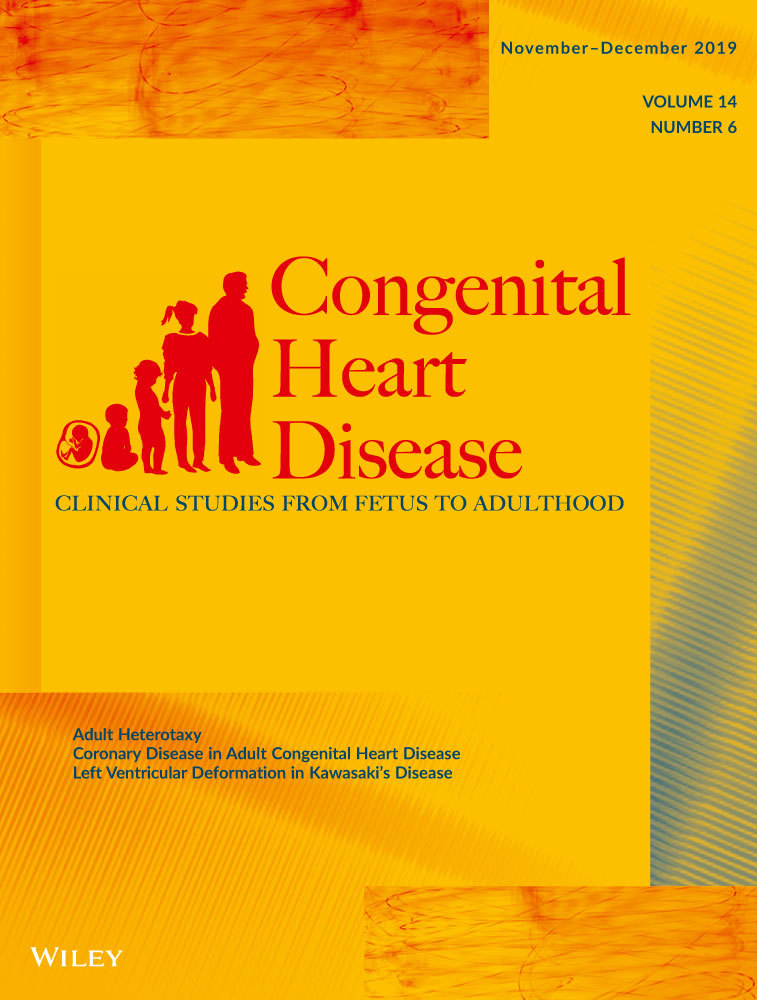Long-term outcomes up to 25 years following balloon pulmonary valvuloplasty: A multicenter study
Abstract
Objective
Evaluate long-term outcomes following balloon pulmonary valvuloplasty (BPV) for pulmonary stenosis (PS).
Background
Long-term data following BPV is limited to small, single center studies.
Methods
BPV from April 12, 1985 to January 7, 2015 from three centers were included. Outcomes studied were ≥ moderate PI by echocardiogram and residual PS ≥ 40 mm Hg. Risk factors for ≥ moderate PI, residual PS, and repeat intervention were assessed by univariate and multivariate analysis.
Results
Among 254 patients, mean age at BPV was 3.8 years (range 1 day-67 years), initial PS catheter gradient was 56 mm Hg (IQR 40-70), 19% had critical PS, and 9% had genetic syndromes. Mean follow-up duration was 7.5 years (maximum 25 years). Sixty-nine (29%) had ≥ moderate PI, 41 patients (17%) had residual PS > 40 mm Hg, and 31 (13%) had re-intervention. In univariate analysis, younger age, lower weight, greater initial PS gradient, greater initial RV/systemic pressure ratio, critical PS, and longer follow-up duration were associated with ≥ moderate PI. Greater initial PS gradient was associated with long-term residual PS or repeat intervention. In multivariate analysis, greater initial gradient and lower weight were independently associated with > moderate PI and greater initial PS gradient and genetic abnormality were independently associated with residual PS and repeat intervention.
Conclusion
Smaller patients with greater initial PS were more likely to develop significant long-term PI. Patients with greater initial PS and genetic abnormalities were more likely to have residual PS or require repeat intervention following BPV.
CONFLICTS OF INTEREST
The authors declare that they have no conflicts of interest with the contents of this article.




